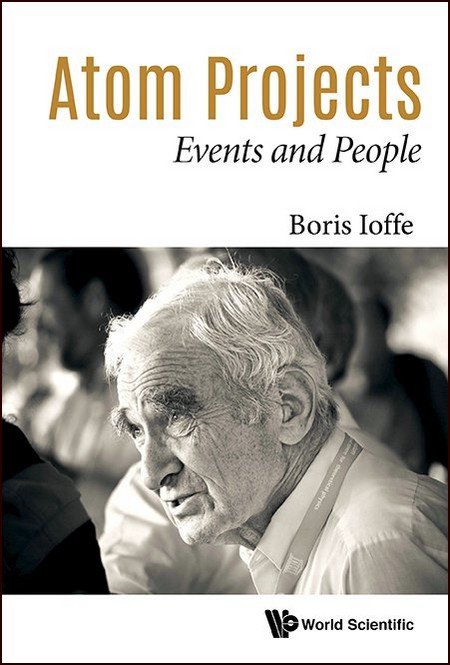1: Introduction
Practically all outstanding physicists (as well as chemists and engineers) took part in the Anglo-American atom project, leaving whatever purely scientific work in which they were engaged at the time. They dedicated all their time and all their energy to the atom project, they produced new ideas, they worked with full dedication. And this brought success: suffice it to say that the atom project in Britain and the USA began in 1940, and the first nuclear reactor was started up as early as in 1942. It was understood that plutonium, element 24994X, could be used as the explosive for the bomb, therefore huge factories were built for the production of plutonium and for the separation of uranium isotopes 235 and 238. At the time of the bombing of Hiroshima and Nagasaki (in 1945), the United States had another 10 nuclear bombs in their arsenal…



